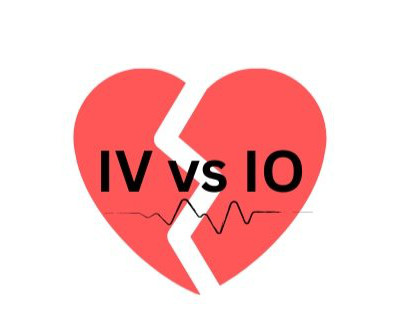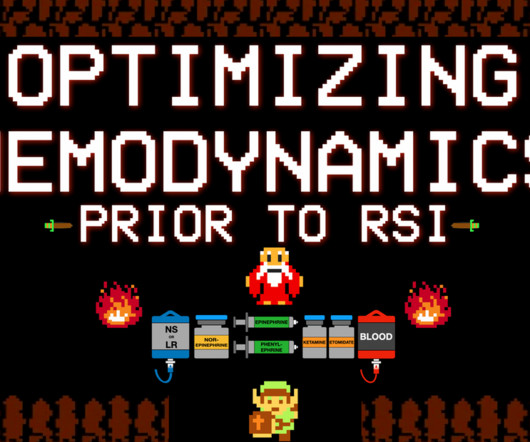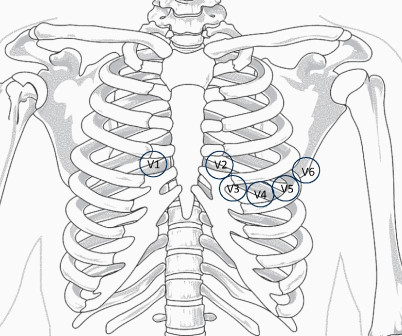The Broselow-Luten System
Pediatric EM Morsels
OCTOBER 27, 2023
Most emergency drugs except for amiodarone and succinylcholine are based on ideal body weight [Emergency Medical Services for Children, Luten 2007] Epinephrine, dopamine, fentanyl, ketamine based on what child should weigh. PAWPER [Wells 2013, Silvagni 2022] Takes into account body habitus. 2020;13(1):9. 2016;23(1):21-28.













Let's personalize your content